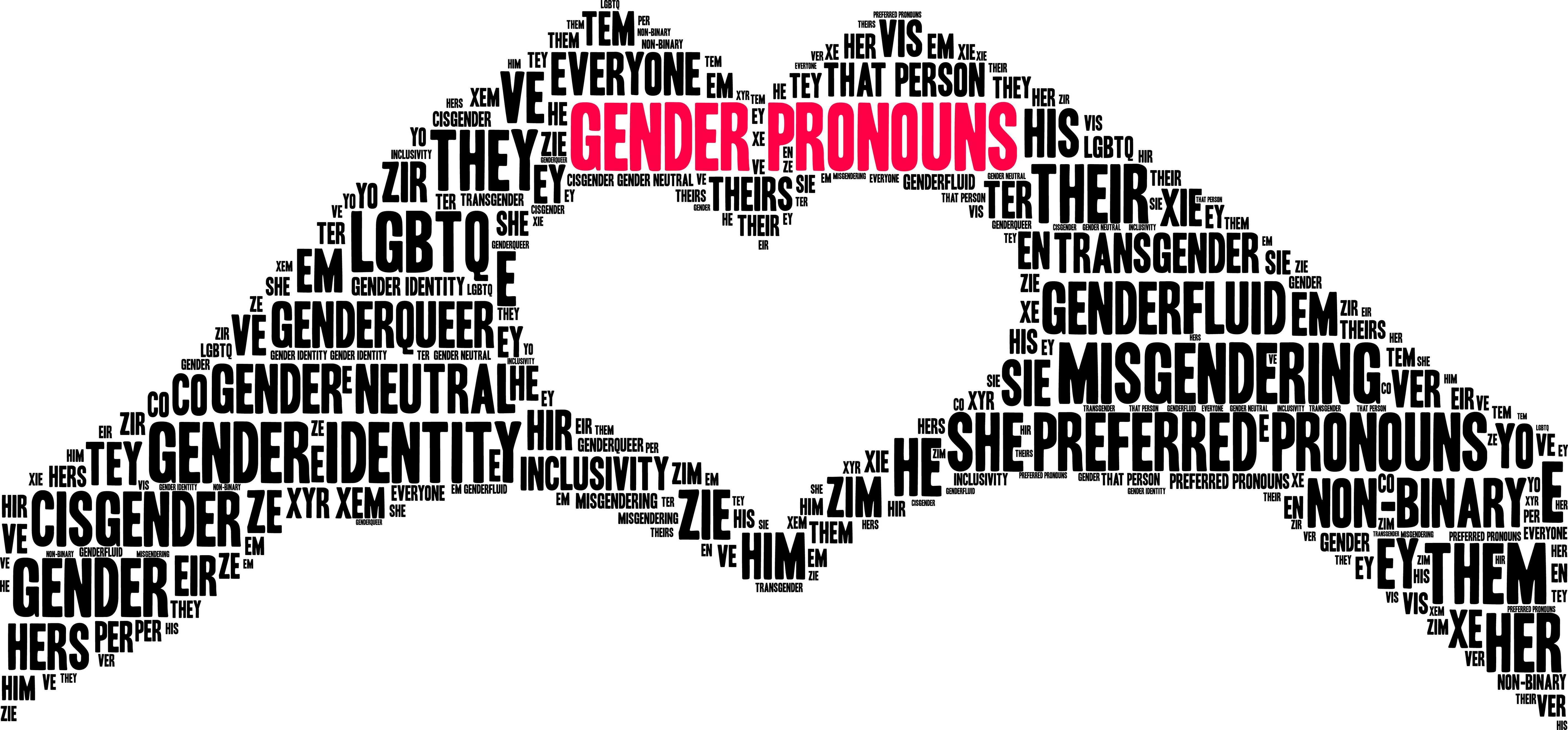
Gender Pronouns: Small words that make a big difference
Filed Under: Generations, LGBTQ+, Multicultural
Derek Bertelsen
Senior Project Manager, Field Services
In the summer of 2020, when our country was at a crossroads where the coronavirus pandemic intersected with the nation’s racial reckoning, I, like many, started educating myself in the experiences of those who do not look like me. I read books, listened to podcasts, participated in webinars, everything I could get my hands on to be a better ally in my personal and professional life, especially to people of color and the trans and gender nonconforming (TGNC) communities.
To show my support and solidarity, one simple but important step I chose to take in my work life was to add my pronouns to my work email signature as well as on social media profiles like LinkedIn.
Why Are People Using Pronouns and Why Are They Important?
Some may ask, “why do I need to know another person’s pronouns, especially in an office setting?” I’ve found that sharing my pronouns with others normalizes discussions about gender and can help create a welcoming and inclusive environment. When you introduce yourself to someone, either in an email or in a meeting, sharing your name and your pronouns invites your colleagues to share theirs as well.
Deciding to share your pronouns is a personal choice, and upon deciding to do so, it’s important to take a few things into consideration. Starting out, sharing your pronouns may feel awkward; but using and sharing them is not a laughing matter nor is it the time to get creative. In these situations, you shouldn’t try to be cute or make a joke. Taking pronouns seriously indicates to others that you have thought about the hurdles and obstacles that TGNC people face daily.
This may seem like a lot to remember, and that’s because it is. But one crucial thing to keep in mind: if you make a mistake by misgendering someone, stay positive and work on getting it right next time. I have, on several occasions, misgendered people in my social circles. We’re only human, and mistakes happen. Just as you would apologize and correct yourself if you got someone’s name wrong, if you misgender someone, it’s good to acknowledge the mistake in private and work on getting it right next time.
There is a lot to remember when using pronouns, especially in a professional setting. Here are some best practices to keep in mind:
- Share your pronouns first. Instead of bluntly asking someone their pronouns, share yours first to open the door and create a dialogue. It’s best to ask someone their pronouns once you have established a relationship with them.
- Avoid using the phrase “preferred pronouns.” This suggests an element of flexibility or that someone’s identity is less than valid. Someone’s pronouns are not suggestions and are not preferred over something else.
- Do not force people to share their pronouns. It’s generally preferred that gender non-conforming people come out with their own pronouns on their own terms.
- If you are unsure of someone’s pronouns, use they/them/their as a starting point. Or use their first name (example: “We have hired a new employee. They start next week, and we’re excited to have them on the team.”).
- Keep an open mind – some people may use neopronouns (example: ze/zir/zirs) or dual pronouns (example: both they and her). Someone’s pronouns might change over time.
- If you are a cisgender person, do not indicate that you “don’t care” what pronouns are used for you. A statement like this reinforces pronoun privilege, which is the idea that a person rarely thinks about their gender pronouns and doesn’t have to worry about someone using their incorrect pronouns.
- We all make mistakes. If you happen to make a mistake, apologize, move on, and strive to do better next time.
In closing, I added my pronouns to my email signature to show others that I want to create and maintain an inclusive workplace environment. Sharing your pronouns with others can help create a safe space so fellow employees can bring their whole self to work, no longer needing to censor or hide part of themselves. I truly believe this can lead to greater productivity and connection with your workplace colleagues.
explore featured
Case studies

